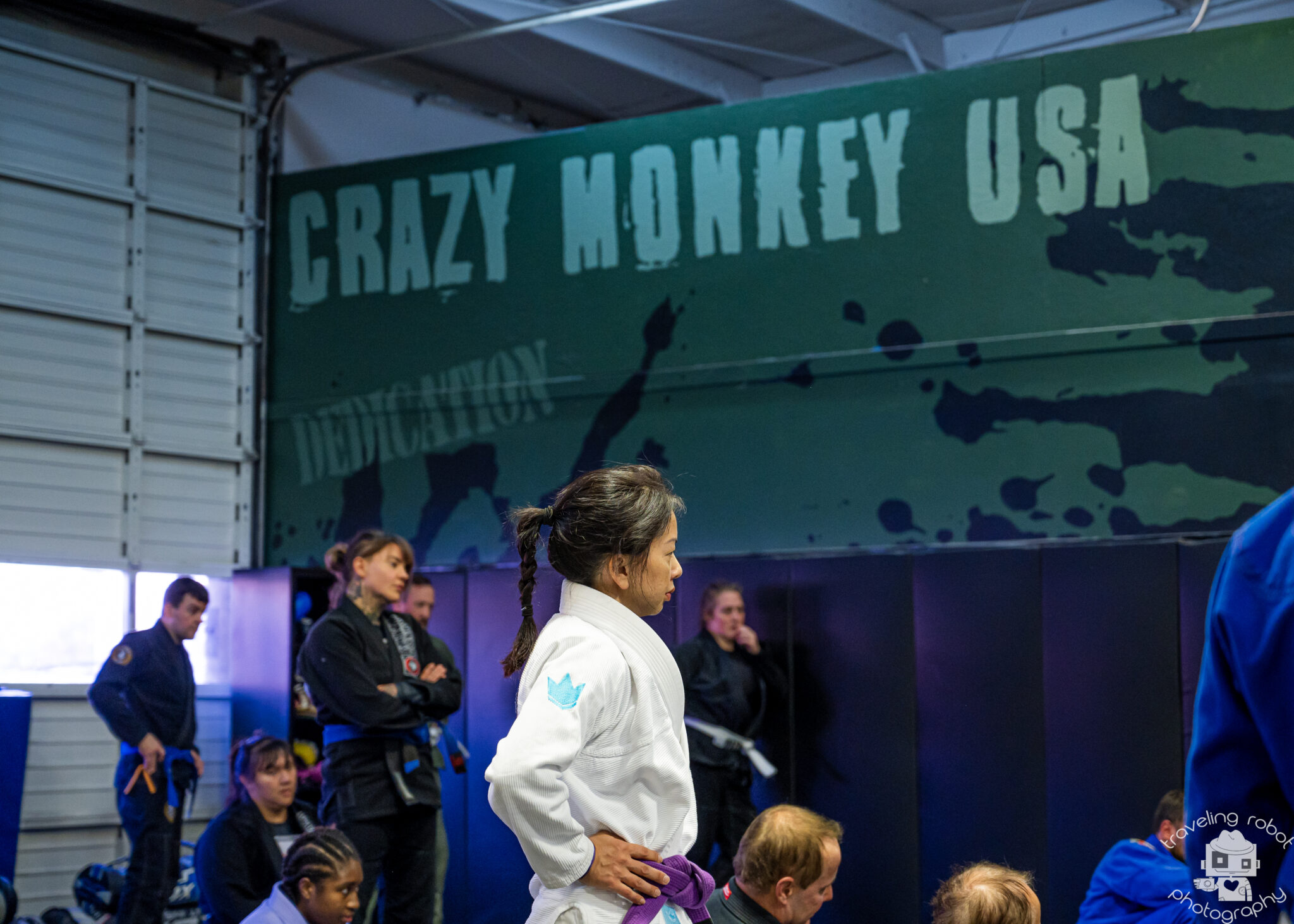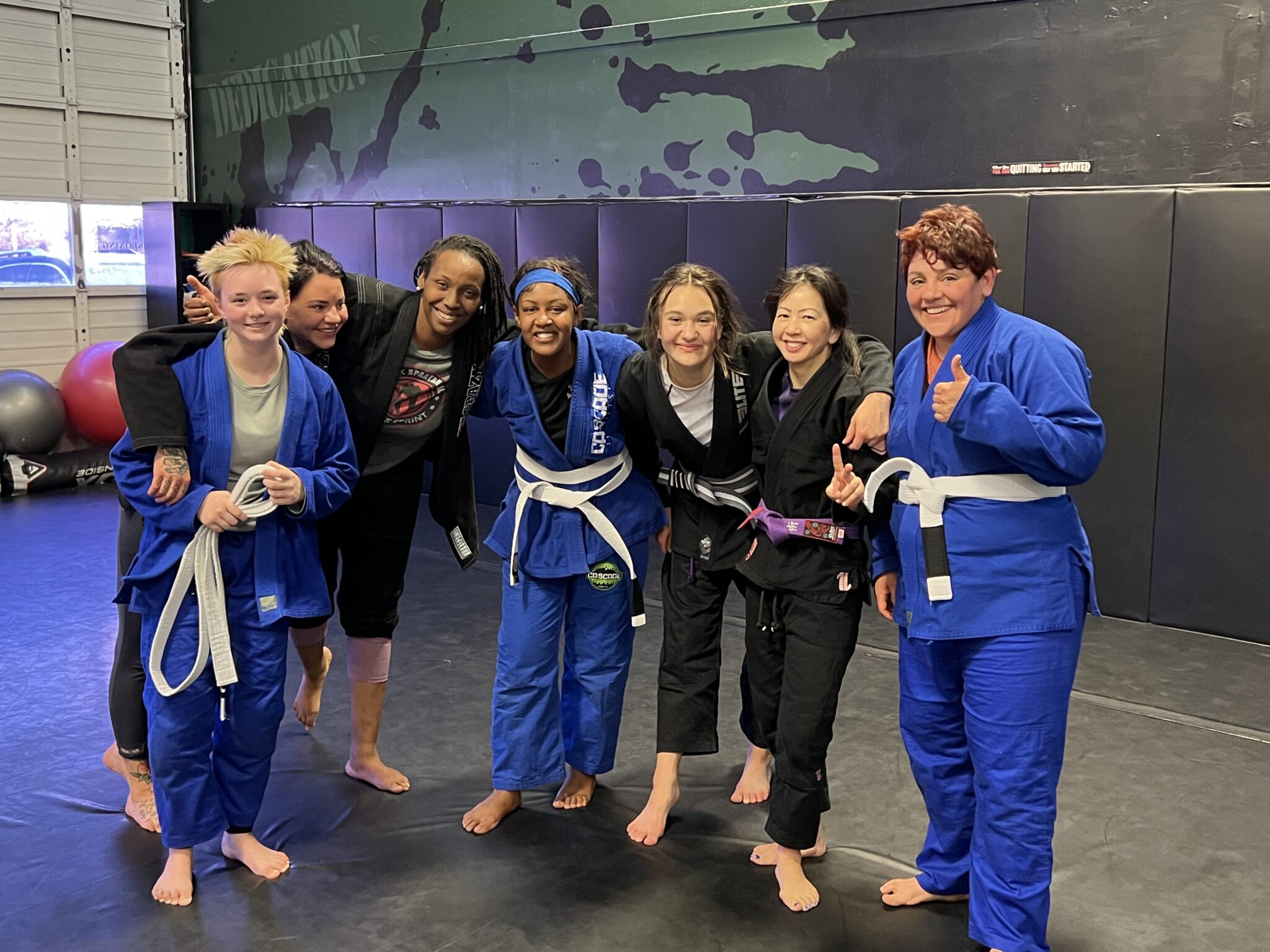The Purpose of Wearing the Gi in BJJ: A Blend of Tradition and Practicality
Published: October 23, 2023
Categories: Brazilian Jiu Jitsu
Tags:
When you step onto the mat at a Brazilian Jiu-Jitsu (BJJ) gym, you’ll notice practitioners donning a traditional uniform known as the Gi, or Kimono. This attire has a rich history and plays a crucial role in both the sport and self-defense aspects of BJJ.
**Historical Significance:**
The Gi’s roots can be traced back to Judo, where its founder, Jigoro Kano, introduced it to emphasize technique and control rather than raw strength. The same principle was embraced by BJJ’s founder, Helio Gracie, who adapted the Gi for his own martial art.
In a historical context, the Gi symbolizes discipline, respect, and a connection to martial arts traditions. It pays homage to the roots of BJJ and the great masters who developed the art.
**Practical Application:**
Wearing the Gi in BJJ serves multiple practical purposes. Firstly, it provides an element of control, forcing competitors to rely on technique rather than sheer strength. The Gi’s collar, sleeves, and lapels become grips that can be used to control or submit opponents.
Secondly, it promotes humility. The uniform levels the playing field, ensuring that students of all shapes and sizes can train together effectively. This encourages camaraderie and sportsmanship within the BJJ community.
**Modern Context:**
In the modern era, BJJ has evolved into a sport with both Gi and No-Gi variations. While No-Gi emphasizes speed and agility, the Gi remains an integral part of the sport. Many techniques and submissions are unique to Gi training, making it a crucial aspect of a well-rounded BJJ practitioner’s skill set.
**Self-Defense:**
The practicality of the Gi extends into self-defense. In a real-life situation, you may not have the luxury of choosing what your opponent wears. Knowing how to adapt BJJ techniques to different clothing is a valuable skill that the Gi helps develop. It prepares you for unpredictable scenarios, where the ability to use clothing as a weapon or leverage can make all the difference.
In conclusion, the purpose of wearing the Gi in BJJ transcends mere tradition. It’s a tool that hones technique, promotes discipline, and connects practitioners to the roots of the art. It’s a bridge between the historical and practical aspects of BJJ, offering valuable lessons for both sport and self-defense, making it an essential part of every BJJ practitioner’s journey.



